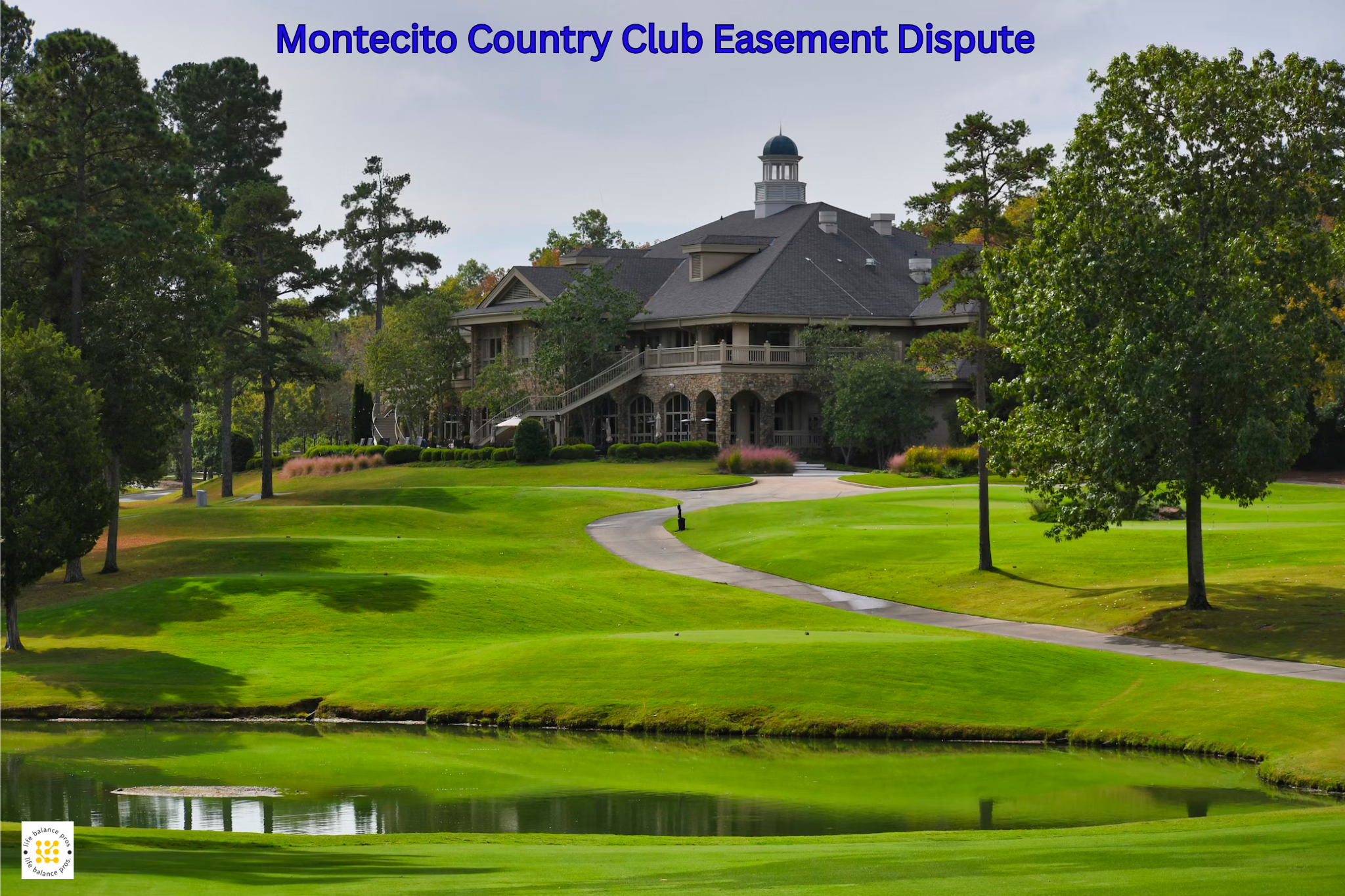Introduction: Why This Legal Dispute in Montecito Is a Wake-Up Call for Property Owners
At [Your Company Name], we specialize in real estate law and property rights, and we’ve been closely monitoring the Montecito Country Club easement dispute. This case has garnered significant attention due to its potential implications for property owners in Montecito and beyond. The controversy centers around access rights and longstanding easement agreements, raising concerns about property boundaries, legal obligations, and community relations. As experts in the field, we aim to shed light on the complexities of this case and what it means for homeowners.
Understanding the Montecito Country Club Easement Dispute
The Montecito Country Club easement dispute involves a legal conflict between the Montecito Country Club and neighboring property owners over access rights across the club’s land. Historically, certain homeowners were granted easements—legal rights to use a portion of another’s property—for access purposes. However, recent developments have led to disagreements over the validity and scope of these easements.
The club argues that some easements are outdated or were never formally recorded and that continued access by non-members disrupts operations and compromises privacy. Conversely, homeowners contend that their access rights are longstanding and essential for property use and that revoking these rights could diminish property values and infringe upon legal agreements.
What Property Owners Need to Know About Easements
An easement is a legal right that allows one party to use another’s land for a specific purpose, such as access to a road or utility lines. Easements can be established through written agreements, long-term use, or necessity.
Types of Easements:
- Express Easement: Formally documented in a deed or contract.
- Implied Easement: Arises from the circumstances or long-term use.
- Prescriptive Easement: Established through continuous, open, and hostile use over a statutory period.
Property owners should be aware of any easements affecting their land, as these rights can impact property use, value, and transferability. Regularly reviewing property deeds and consulting with legal professionals can help ensure clarity and prevent disputes. The U.S. Legal Information Institute (LII) offers an excellent overview of how easements work under U.S. property law.
How the Dispute Could Impact Local Property Owners
The outcome of the Montecito Country Club easement dispute could set a precedent affecting property owners in similar situations. If the court rules in favor of the club, homeowners may lose access rights, potentially reducing property values and limiting usability. Alternatively, a ruling favoring homeowners could reinforce the strength of longstanding easements, emphasizing the importance of historical use and agreements.
Potential Impacts:
- Property Value: Loss of access can decrease property desirability and market value.
- Legal Costs: Engaging in legal disputes can be financially burdensome.
- Community Relations: Disputes can strain relationships between neighbors and local institutions.
Understanding the legal standing of easements and proactively addressing potential issues can help mitigate these risks. For a deeper dive into how disputes like these are resolved, the FindLaw Easement Basics article provides a comprehensive overview of easement law, including definitions, types, and legal considerations.
Legal and Community Reactions
The Montecito Country Club easement dispute has sparked significant legal and community discourse. Legal experts emphasize the importance of clear documentation and adherence to property agreements. Community members express concerns about access, fairness, and the preservation of neighborhood character.
The case underscores the need for transparent communication between property owners and institutions, as well as the role of legal frameworks in resolving land use conflicts.
Future Outlook: What’s Next in the Dispute?
As the Montecito Country Club easement dispute progresses, several outcomes are possible:
- Court Ruling: A legal decision could affirm or revoke the contested easements, setting a legal precedent.
- Settlement: Parties may reach a negotiated agreement, potentially involving compensation or modified access terms.
- Policy Changes: The dispute could prompt legislative or regulatory adjustments regarding easement laws and property rights.
Property owners should stay informed about the case developments and consider seeking legal advice to understand potential implications for their properties.
Conclusion: Protecting Your Property Rights
The Montecito Country Club easement dispute highlights the complexities of property rights and the importance of understanding legal agreements. For property owners, this case serves as a reminder to:
- Review Property Documents: Ensure all easements are clearly documented and understood.
- Seek Legal Counsel: Consult with professionals when dealing with property rights issues.
- Engage in Open Communication: Maintain transparent dialogue with neighbors and local institutions to address concerns proactively.
Understanding your rights and responsibilities is crucial in protecting your property and fostering harmonious community relations.




